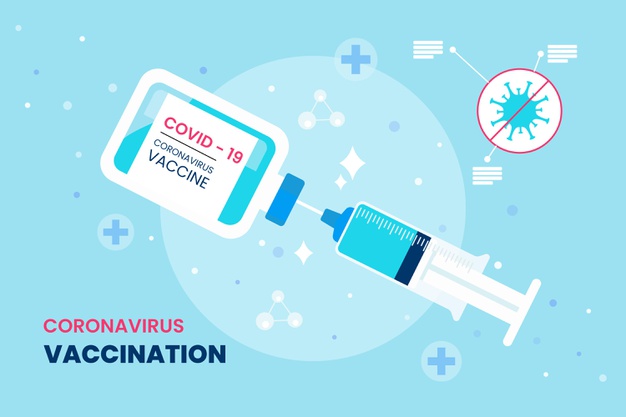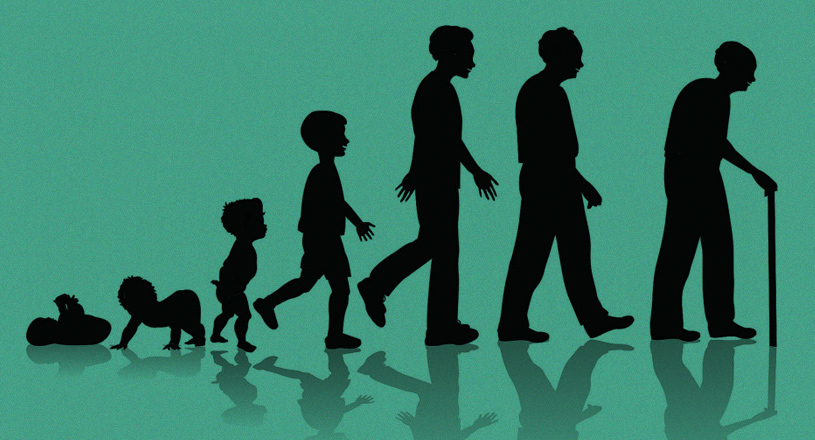Tracking Inequities in COVID-19 Vaccination across Large US Cities
We recently developed a new dashboard section for tracking outcomes and inequities in COVID-19 vaccination. This section allows users to track, describe, and compare inequities in COVID-19 vaccination on multiple levels in 29 large US cities. City Report: Vaccination First, in the City Report Vaccination tab, users can select a city, explore, and visualize inequities in COVID-19 vaccination outcomes by race/ethnicity and by neighborhood.


